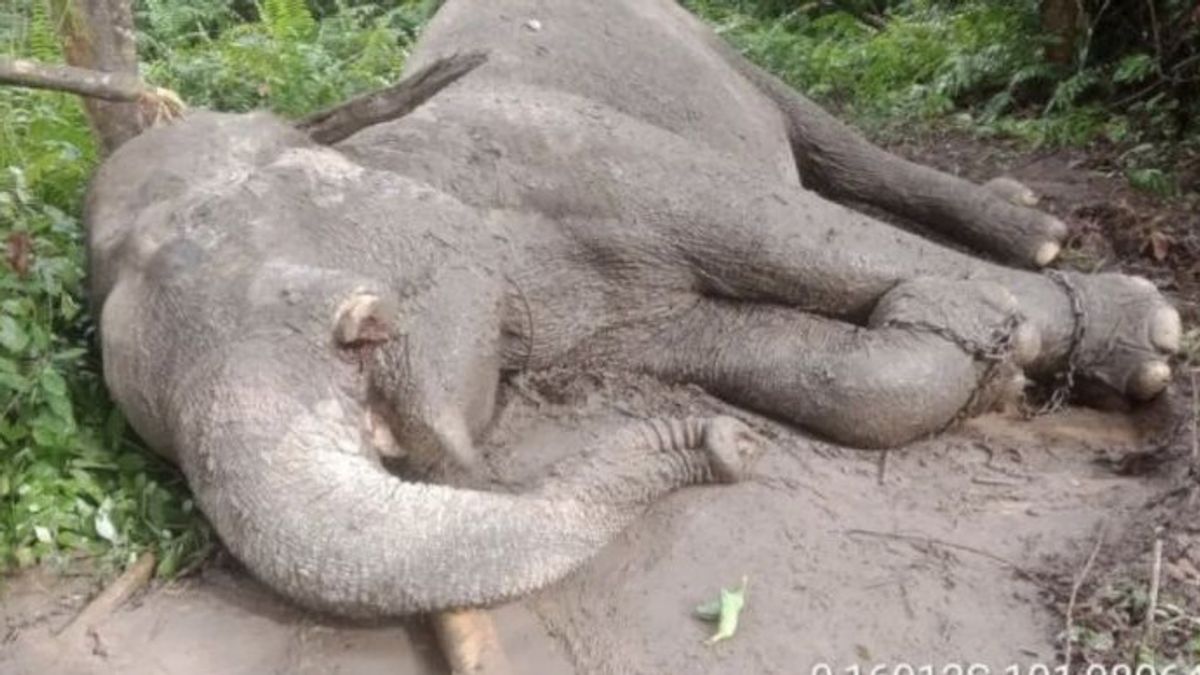RIAU - A Sumatran elephant type elephas maximus sumatranus fostered by Tesso Nilo National Park (TNTN), Pelalawan Regency, Riau Province, was found dead, yesterday, Wednesday, January 10. The elephant was allegedly poisoned to take its tusk.
Head of TNTN Heru Sutmantoro explained that the death of a male elephant named Rahman was first known by the elephant handler or mahit, Jumadi.
At that time, he said, Jumadi called the Rahman elephant with fruit, but there was no response as usual.
"After being approached, the Rahman elephant was found lying limp and the left ivory had been cut and disappeared," Heru said when confirmed, Thursday, January 11, confiscated by Antara.
The incident was then immediately reported to the Mahout Coordinator. However, when traced, no items were found that were allegedly used by hunters to paralyze the Rahman elephant.
Based on Rahman's condition, he said, it is strongly suspected that the 46-year-old elephant was poisoned before it was cut into its tusk.
There were initial efforts to handle according to the instructions of the veterinarian of the Riau Conservation and Natural Resources Center (BBKSDA) by providing haras (north), milk, and liquid sugar, using a hose, but unfortunately the Rahman elephant died at around 15:55 WIB.
"When the neucropies were taken by the Riau BBKSDA veterinarian team, the death of the Rahman elephant was suspected to be due to poisoning," said Heru.
SEE ALSO:
His party has coordinated and reported the incident to the Ukui Police, Pelalawan Police, to investigate this case.
Less than two months earlier, a wild elephant calf from a Southeast Tesso elephant bag died after being wrapped in a nylon rope that caused an infection in his leg, Thursday, November 16.
Head of the Riau BBKSDA Technical Division, Ujang Holisudin, explained that before his death, the elephant had received medical treatment by the Riau BBKSDA Wildlife Rescue Unit (WRU) Team.
The illness of the two-year-old male elephant calf was discovered after receiving a report from one of the concession company's employees that there was a elephant calf separated from its group.
"Medical workers and elephant nurses went straight to the field. Observational results were found to be wrapped in a nylon rope on the right leg of the elephant which was thought to have been installed for a long time, causing very deep wounds that left the joints," he said.
The English, Chinese, Japanese, Arabic, and French versions are automatically generated by the AI. So there may still be inaccuracies in translating, please always see Indonesian as our main language. (system supported by DigitalSiber.id)















